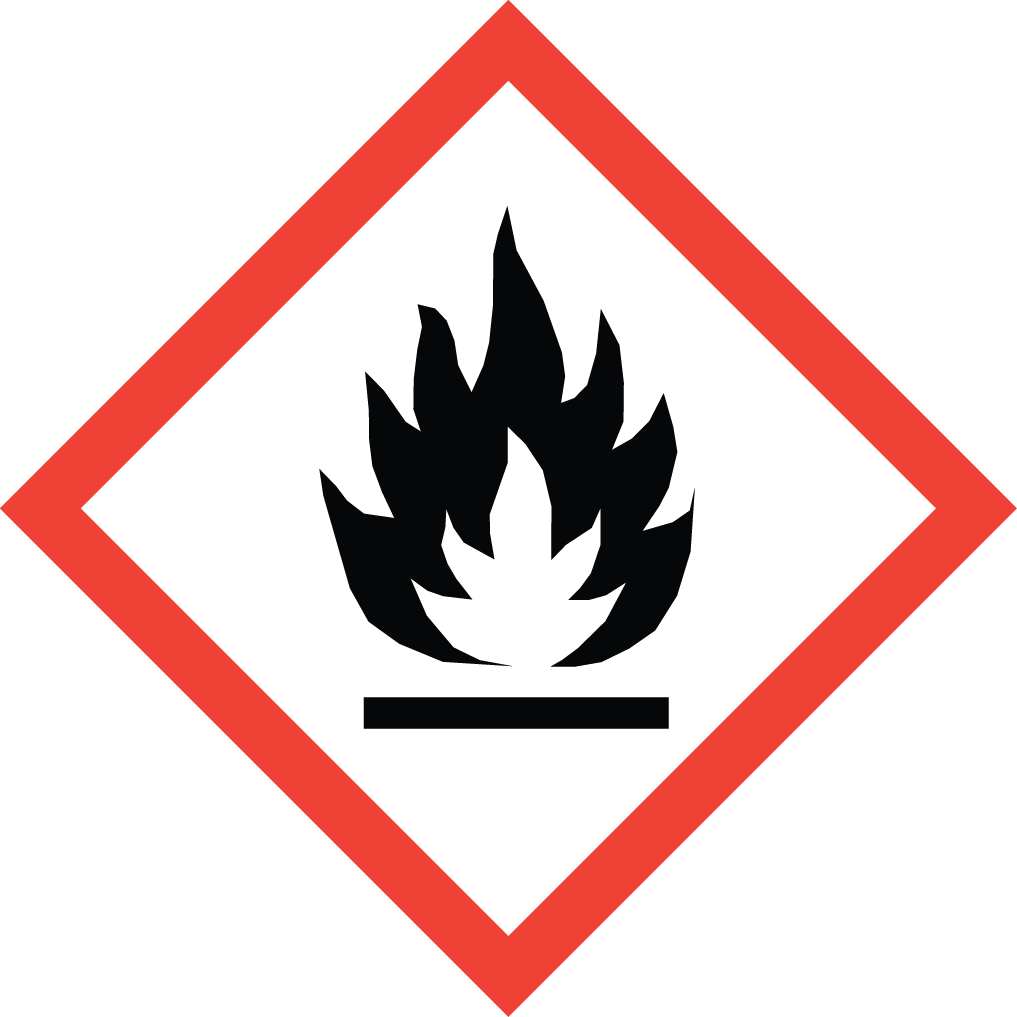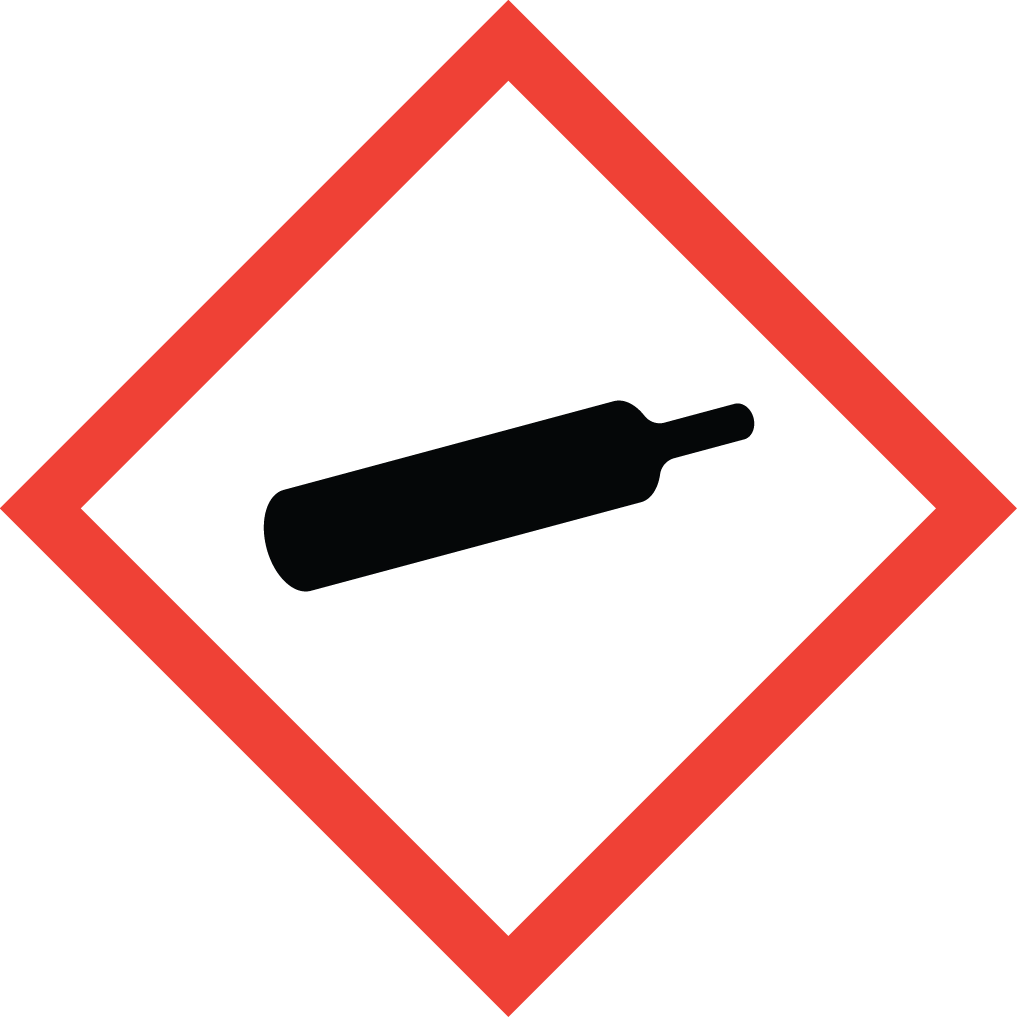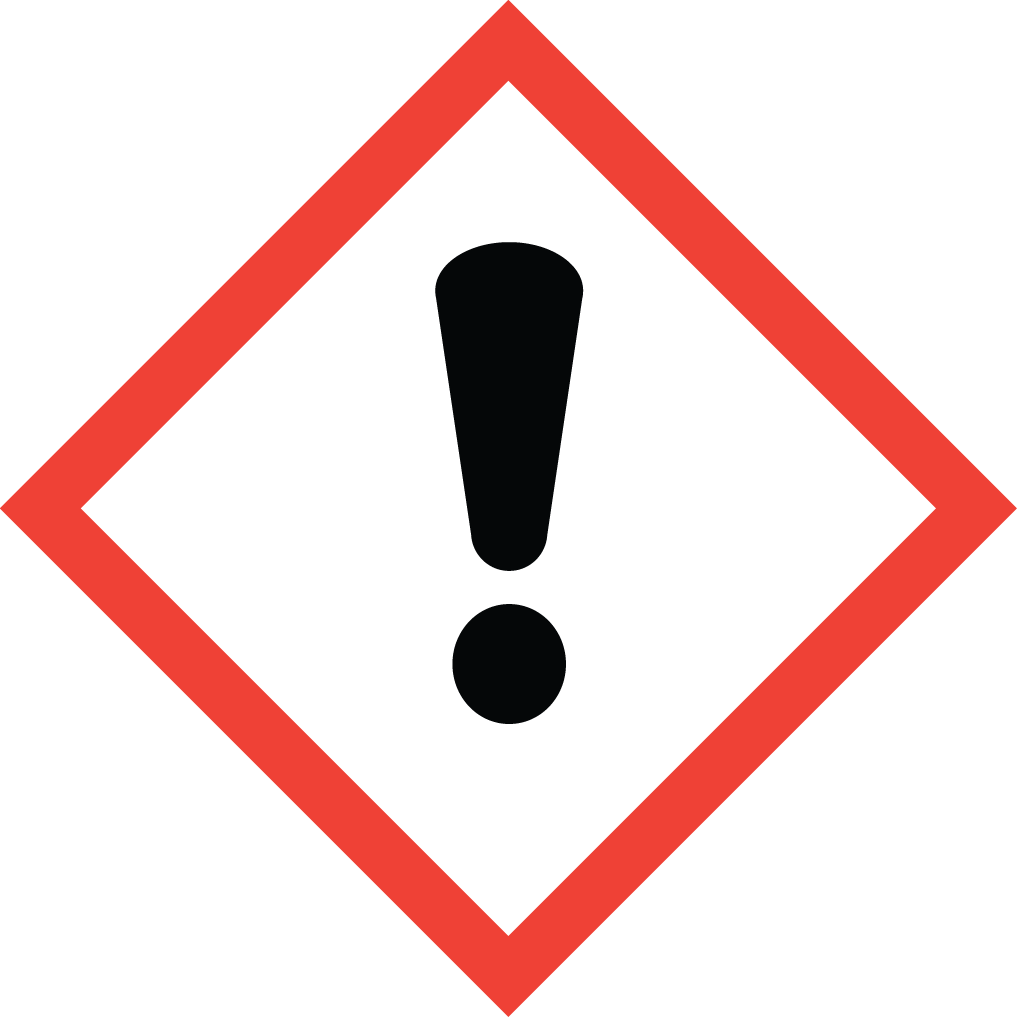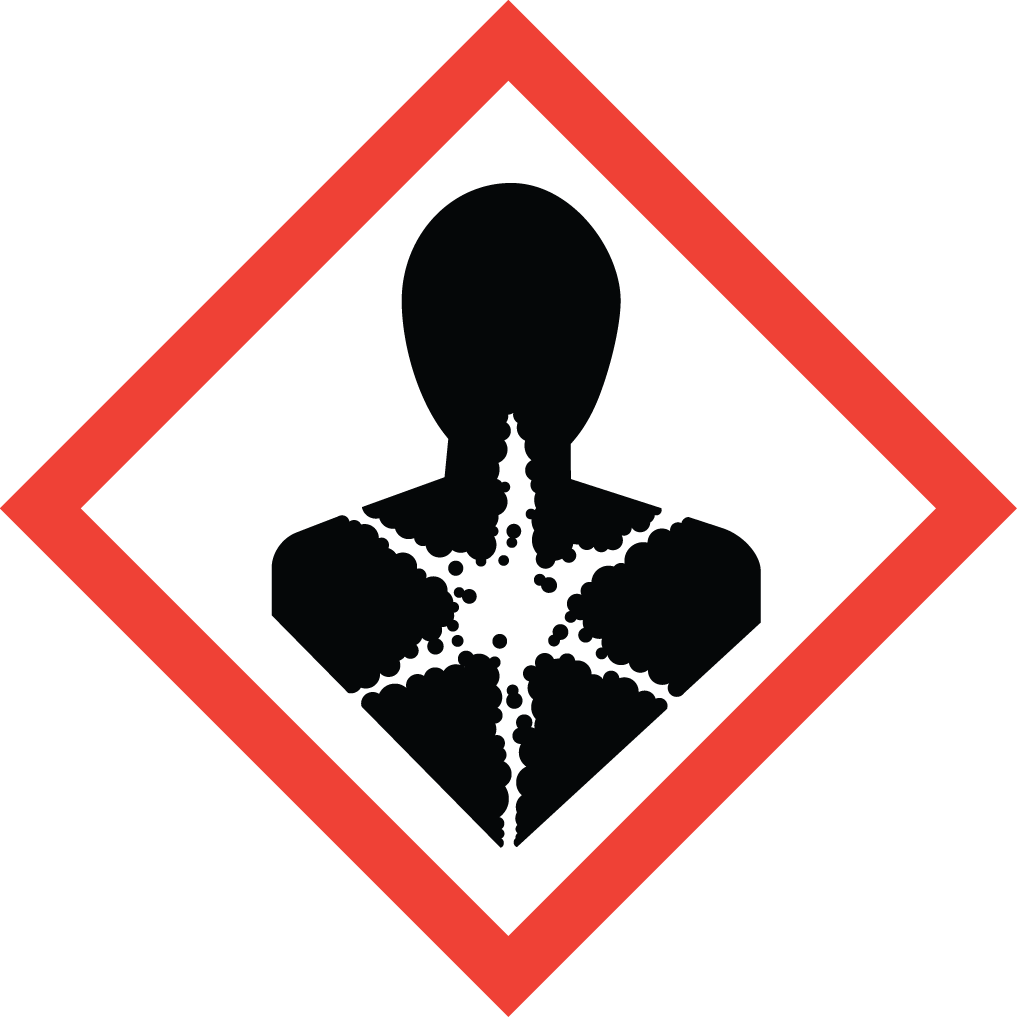AUTORF +SSPR 6PK GRAY AUTO FILLER PRIMER |
Hazard Statements
Carcinogenicity, category 2 H351 Suspected of causing cancer. Compressed Gas H280 Contains gas under pressure; may explode if heated. Eye Irritation, category 2 H319 Causes serious eye irritation. Flammable Aerosol, category 1 H222 Extremely flammable aerosol. STOT, repeated exposure, category 2 H373 May cause damage to organs through prolonged or repeated exposure. STOT, single exposure, category 3, NE H336 May cause drowsiness or dizziness
Precautionary Statements
P201 Obtain special instructions before use. P210 Keep away from heat, hot surfaces, sparks, open flames and other ignition sources. No smoking. P211 Do not spray on an open flame or other ignition source. P251 Do not pierce or burn, even after use. P260 Do not breathe dust/fume/gas/mist/vapors/spray. P264 Wash hands thoroughly after handling. P271 Use only outdoors or in a well-ventilated area. P280 Wear protective gloves/protective clothing/eye protection/face protection. P304+P340 IF INHALED: Remove person to fresh air and keep comfortable for breathing. P305+P351+P338 IF IN EYES: Rinse cautiously with water for several minutes. Remove contact lenses, if present and easy to do. Continue rinsing.P308+P313 IF exposed or concerned: Get medical advice/attention. P312 Call a POISON CENTER or doctor/physician if you feel unwell. P337+P313 If eye irritation persists: Get medical advice/attention. P403+P233 Store in a well-ventilated place. Keep container tightly closed. P405 Store locked up. P410+P403 Protect from sunlight. Store in a well-ventilated place. P410+P412 Protect from sunlight. Do no expose to temperatures exceeding 50°C/ 122°F. P501 Dispose of contents/container in accordance with local, regional and national regulations.
Manufacturer information
Name
Rust-Oleum Corporation
Phone
1-847-367-7700
Address
11 Hawthorn Parkway
Vernon Hills, IL 60061
PICTOGRAMS




HMIS
| HEALTH |
2 |
| FLAMMABILITY |
4 |
| PHYSICAL HAZARD |
0 |
| PERSONAL PROTECTION |
ENGINEERING CONTROLS: Use process enclosures, local exhaust ventilation, or other engineering controls to control airborne levels below recommended exposure limits. Use explosion-proof ventilation equipment. Provide general dilution of local exhaust ventilation in volume and pattern to keep TLV of hazardous ingredients below acceptable limits. Prevent build-up of vapors by opening all doors and windows to achieve cross-ventilation. RESPIRATORY PROTECTION: A respiratory protection program that meets OSHA 1910.134 and ANSI Z88.2 requirements must be followed whenever workplace conditions warrant a respirator's use. A NIOSH/MSHA approved air purifying respirator with organic vapor cartridge or canister may be permissible under certain circumstances where airborne concentrations are expected to exceed exposure limits. SKIN PROTECTION: Use gloves to prevent prolonged skin contact. Use impervious gloves to prevent skin contact and absorption of this material through the skin. Nitrile or Neoprene gloves may afford adequate skin protection. EYE PROTECTION: Use safety eyewear designed to protect against splash of liquids. OTHER PROTECTIVE EQUIPMENT: Refer to safety supervisor or industrial hygienist for further guidance regarding types of personal protective equipment and their applications. Refer to safety supervisor or industrial hygienist for further information regarding personal protective equipment and its application. HYGIENIC PRACTICES: Wash thoroughly with soap and water before eating, drinking or smoking. Remove contaminated clothing immediately and launder before reuse. |
NFPA
2
4

Desert Sands Unified School District
Local data
SKU #


